How to create a user journey map to improve user satisfaction?
A journey of thousand miles begins with a user journey map
Digital marketers are not much interested in a web visit that randomly lands on a particular website. On the other hand, marketers do care about the visitors with clear needs and goals in mind. To understand the end users better, we often invest time in creating and designing effective customer journey maps for almost every project we take care of.
A user or customer journey considers the procedure (or some may call it a path) that a user will take to fulfill their needs. To put it simply, it is a visual breakdown of critical activities and interactions between a product and customers.
Are their needs met effectively? How satisfied are they? How did their emotional state have been affected before, during and after the experience/interaction? A user journey map addresses the essential questions for the subsequent design tasks such as wireframing and information architecture.
So how important is it?
Having an excellent user journey is the foundation of an outstanding eCommerce, website, online portal or even a social media campaign. A regular site without any consideration of user journey often leads to confused online visitors who end up leaving a muddled site to another.
A user journey mapping allows you to:
– visualise the flow of user experience.
– create a list of customer touchpoints and channels they use.
– get a deeper insight into a customer’s needs and problems. Unlike a user persona, user journey enables the marketers and designers to understand how each point of interaction influence the users’ emotions and experiences.
– learn where a user’s pain points are (i.e., why do they give up your site?)
– communicate a large volume of data and findings in a visually engaging way in a cross-disciplinary team.
– define how your digital data should be organised and categorised, creating a better and more user-friendly interface that helps them fulfil their needs more efficiently.
How to create a user journey?
A good user journey mapping should include the following:
– Customer persona: containing their needs, desires, expectations, frustrations, etc.
– Timelines: illustrating a timeframe (e.g. one week, one month, etc), or variable phases (e.g. purchase, payment, etc)
– Touchpoints: containing activities and interactions that a user will undertake
– Channels: where the interactions occur (e.g., website, mobile phones, etc)
(Read more at uxmastery)
Now here’s a crucial part: where can one get all the above information?
While surveys and interviews – whether face-to-face or remote – are most likely to be the ideal sources to get valuable qualitative data, the most obvious sources like web analytics often provide sufficient information about interesting user behaviours. Information from social media interactions is also useful as to find out about customers’ feelings.
However, it often takes some expertise to translate the data into a meaningful user journey. More clicks or a longer time spent on a page does not always mean ‘a happy user’. It could also mean a lost or confused customer who spend a lot of time finding a piece of information.
So, a user journey map is the backbone of building better user experience and relationships. It tells everyone a story of an individual customer, highlighting sometimes the obvious actions as well as the potential challenges and uncertainties.
And it comes in a variety of forms – visual layouts, diagrams and so on, as there is no one standardised way of doing it. But the key points highlighted above should give you a good start to think about how to use a user journey to increase user satisfaction.
What do you think?
Appnova is a digital agency specialising in web design, UX, eCommerce, branding, digital marketing and social media.
Keep following us on Twitter @appnova and “like” us on Facebook for useful news and tasteful digressions about geeky stuff.
Subscribe To Us











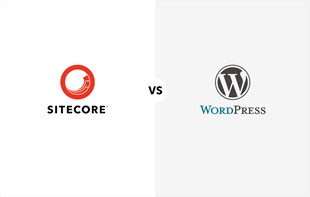
















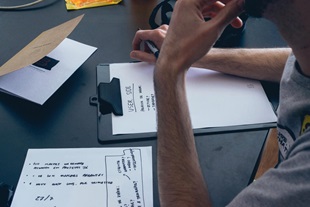

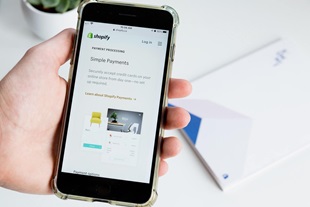
















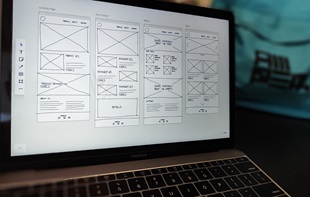







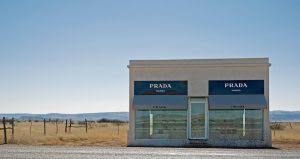
![10 latest trends in digital marketing for beauty brands [Part.2]](/-/media/Appnova/Blog/ScreenShot20151026at1500471940x567/10-latest-trends-in-digital-marketing-for-beauty-brands-Part-2.jpg?mw=310)
![10 latest trends in beauty web design and digital marketing [Part.1]](/-/media/Appnova/BannerImages/18376519151_bbeaa6dafc_b-1/trends-in-beauty-web-design-and-digital-marketing/10-latest-trends-in-beauty-web-design-and-digital-marketing-Part1.jpg?mw=310)




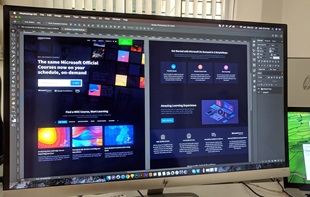







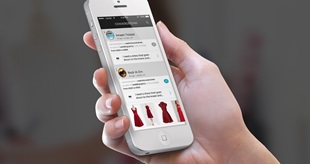





















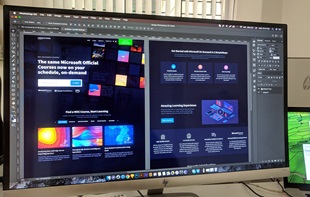




0.Comments